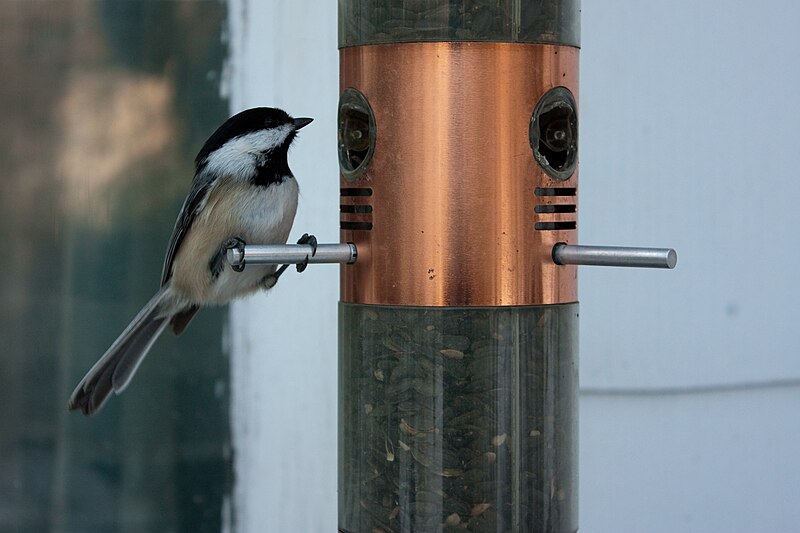 In Part 1 of this article we looked at a few nutrients that wild birds are hard-pressed to find in winter. Today we’ll continue with some other ideas that might make life easier for your avian friends.
In Part 1 of this article we looked at a few nutrients that wild birds are hard-pressed to find in winter. Today we’ll continue with some other ideas that might make life easier for your avian friends.
Salt
Salt is an essential element in the diet of many bird species, and is hard to find in the colder months…birds may often be seen trying to glean salt from roadways in the wake of salt-spreading trucks.
Suet provides birds with some salt, and you can also mix table salt into their grit or sprinkle it on the ground. Don’t be surprised if species new to your feeder show up – Grosbeaks, Pine Siskins, Crows, Jays, Doves and Woodpeckers are real “salt fanatics” (so are porcupines – they sense salt from far off, and will even gnaw sweat-stained tool handles to get at it!).
Water
Many folks provide wild birds with water during the summer but neglect to do so in winter. However, the colder seasons are often quite dry, and obtaining enough water can be problematical for birds…many will even bathe despite frigid temperatures. Bird Bath Deicers will simplify the task of providing winter visitors with water.
Food and Shelter
Of course, food and shelter are important concerns year-round. Please be sure to check out our extensive line of bird and wildlife foods, houses and feeders.
Further Reading
There are many ways of putting your observations of the birds that frequent your feeder to use in conservation projects. To learn how to become involved in organized bird counts and other such worthwhile efforts, please see How Birders can Contribute to Conservation.
A nicely done video showing a variety of birds at feeders and hosting a discussion of the different species’ needs is posted here.
Chickadee on feeder image referenced from wikipedia and originally posted by Furntree
 That Bird Blog – Bird Care and History for Pet Birds
That Bird Blog – Bird Care and History for Pet Birds



